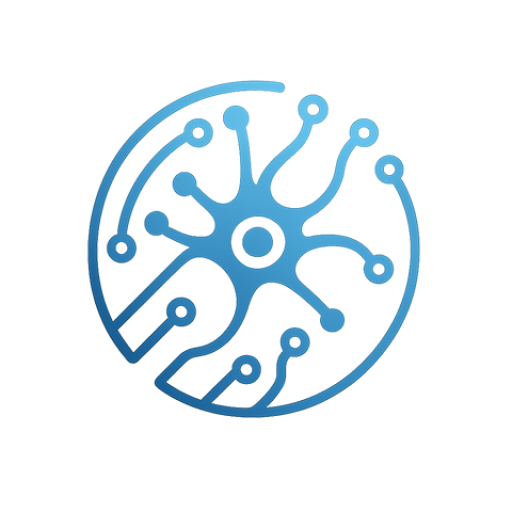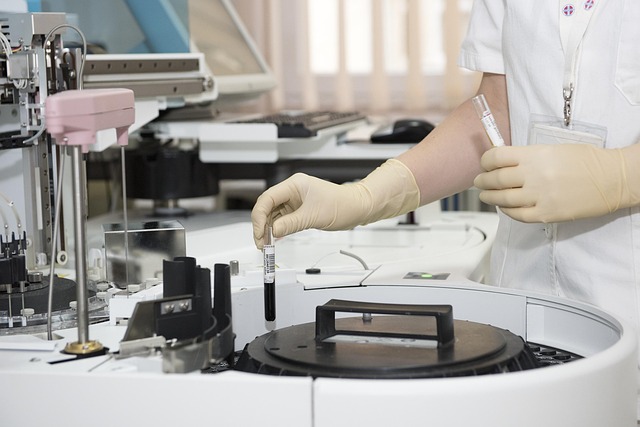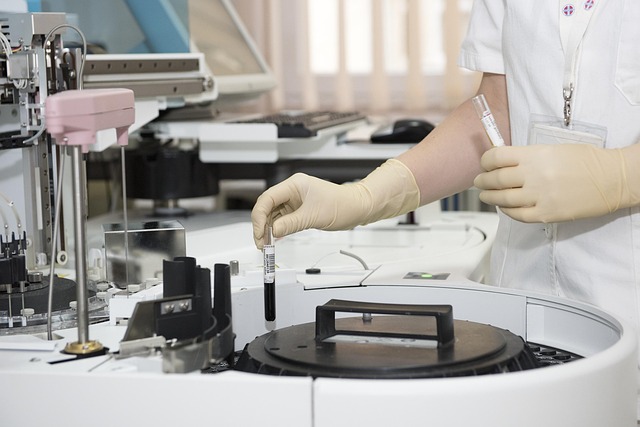Diagnostic automation has become a cornerstone of modern healthcare, transforming how medical professionals gather, analyze, and interpret patient data. By integrating advanced robotics, sensor networks, and artificial intelligence, diagnostic automation is accelerating the pace of disease detection, reducing errors, and enhancing patient care across diverse clinical settings. From autonomous laboratory analyzers that process thousands of samples per hour to robotic assistants that perform intricate imaging procedures, the technology is reshaping the diagnostic landscape.
Foundations of Diagnostic Automation
The concept of diagnostic automation began in the 1970s with the introduction of automated laboratory equipment. Early machines performed basic tasks such as pipetting, centrifugation, and sample labeling, freeing laboratory personnel to focus on interpretation and quality control. Over the decades, the scope of automation expanded, and today, sophisticated robots can execute multi-step protocols, manage complex reagents, and perform high-resolution imaging without human intervention.
- Robotic sample handlers: These machines move samples between stages of a diagnostic workflow with precision and speed, reducing manual handling errors.
- Automated imaging systems: From X-ray to MRI, robotic arms position imaging devices and adjust parameters in real time, ensuring consistent image quality.
- Data integration platforms: Software that aggregates results from multiple robotic systems, feeds them into electronic health records, and applies AI-driven analytics.
Artificial Intelligence and Machine Learning in Diagnostics
AI and machine learning (ML) are the brains behind diagnostic automation. These algorithms learn from vast datasets, identify subtle patterns, and generate diagnostic suggestions. For instance, ML models can detect early signs of diabetic retinopathy in retinal scans, or predict sepsis risk in ICU patients by analyzing vital signs and laboratory values in real time. The synergy between robotics and AI not only speeds up the diagnostic process but also improves accuracy.
“When a robot takes the repetitive, high-volume tasks out of the picture, clinicians can devote their expertise to interpreting the nuanced findings that truly matter.” – Dr. Elena Morales, Clinical Informatics Specialist
Robotics in Pathology: From Tissue to Insight
Pathology laboratories are at the front line of diagnostic automation. Robotic slide processors now digitize entire slides at sub-micron resolution, creating high-definition images that can be shared across institutions. These digital slides feed into AI systems that flag abnormal cells, quantify tumor burden, and even suggest molecular tests based on histopathologic features.
One of the most significant innovations is the robotic microdissection platform. By precisely excising microscopic regions of interest, the robot ensures that downstream genetic sequencing targets the correct cells, improving the fidelity of genomic diagnostics. As a result, patients receive more accurate diagnoses and personalized treatment plans sooner.
Point-of-Care Diagnostics: The New Frontier
Diagnostic automation is no longer confined to central laboratories. Portable robotic platforms are emerging that can be deployed in remote clinics, emergency rooms, or even in patients’ homes. These devices perform rapid assays—such as blood glucose, cardiac biomarkers, or infectious disease tests—in minutes rather than hours.
- Microfluidic chips: These chips use nanoliter volumes of blood, enabling rapid testing with minimal sample requirements.
- Autonomous analyzers: Fully automated machines that process the sample, run the assay, and display results on a touch screen.
- Connectivity: Results are transmitted directly to a physician’s dashboard or integrated into a patient’s electronic health record, allowing for immediate clinical decision-making.
Such systems are particularly valuable in low-resource settings, where laboratory infrastructure is limited. By democratizing access to high-quality diagnostics, robotic point-of-care devices help bridge health disparities worldwide.
Challenges and Ethical Considerations
Despite its promise, diagnostic automation faces several hurdles. One major concern is data privacy. As robotic systems collect and analyze sensitive patient information, robust security protocols must be in place to protect against breaches.
Another challenge is the need for regulatory oversight. The rapid pace of technological advancement often outstrips the development of standards, leading to uncertainty about how to validate and approve new diagnostic robots.
Finally, there is the issue of workforce impact. While automation reduces repetitive tasks, it also requires clinicians and technicians to acquire new skills—such as interpreting AI-generated reports or maintaining robotic equipment. Ongoing training programs are essential to ensure that the workforce can adapt to these changes without compromising patient care.
Future Directions: Toward Integrated Diagnostic Ecosystems
Looking ahead, diagnostic automation is likely to evolve into fully integrated ecosystems that combine robotics, AI, and advanced sensor networks. Imagine a scenario where a patient’s wearable device continuously streams physiological data to an AI engine that detects early warning signs. When a threshold is crossed, a robotic laboratory system automatically collects a sample, performs a rapid assay, and informs the clinician—all within seconds.
Such a future hinges on several key developments:
- Standardized data formats: Enabling seamless communication between devices from different manufacturers.
- Edge computing: Processing data locally on the device to reduce latency and preserve privacy.
- Explainable AI: Providing transparent reasoning for diagnostic suggestions to maintain clinician trust.
In conclusion, diagnostic automation is redefining the landscape of healthcare diagnostics. By harnessing the power of robotics and artificial intelligence, the technology delivers faster, more accurate, and more accessible diagnostic services. While challenges remain—particularly in data security, regulatory approval, and workforce adaptation—ongoing innovation promises a future where diagnostic automation seamlessly integrates into everyday clinical practice, ultimately improving patient outcomes and transforming the delivery of care.



